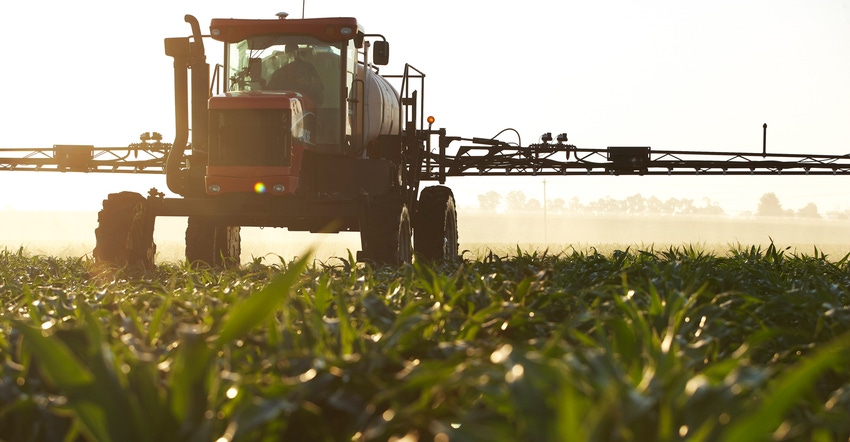February 26, 2021

The 2021 growing season is almost upon us in Minnesota.
How can you use technology early on to set crops up for success? Here are some tips:
1. Review seed data. Make sure you’re providing your chosen hybrids and varieties with the proper start and the proper management. For example, some hybrids respond more favorably to being planted at higher populations, while others don’t have a strong response to population. Use variable-rate planting to ensure you don’t over- or underpopulate. Make sure your planter is set to drop seed at the right depth to create optimal seed-to-soil contact and achieve even emergence.
2. Review soil and tissue sampling data. If you didn’t take soil samples in the fall, consider asking your agronomist to do so as early as is feasible in the spring to get a baseline on nutrient levels. You can also take tissue samples on early-emerging corn to analyze starter fertilizer, seed treatment and early-season performance. However, this is not a good gauge for later-season nutrition needs. Sampling at V5 or later is preferred to analyze in-season needs because you’ll get a better picture of what nutrients are adequate or deficient at that point. Nutrient status may change during corn growth and development, so it may be beneficial to sample more than once. Ask your agronomist to analyze soil and tissue samples along with crop modeling to determine optimal timing and rates for nutrient applications.
3. View in-season data tools and imagery. At V5 you may also begin to look at in-season imagery — provided there is enough biomass — and start to identify which fields have more opportunity. Combine your knowledge of past field performance with information from crop modeling tools regarding yield potential for the current season to get an idea of overall crop health. In-season imagery and tissue sampling will give you a strategic view of where your crops stand and what you could do to bolster plant health. Additionally, an in-season nitrate soil test is an optimal way to help you determine when and how much nitrogen you may need to apply.
4. Save money with precision. If you’ve chosen a hybrid that responds well to being planted at lower populations, you’ve saved on seed costs. Guided by technology, could you reinvest those savings in different aspects of your fields for greater return on investment potential? Making a nutrient or fungicide application allows you to use those dollars where they’ll be more likely to generate an optimal return. Also, consider looking at disease ratings for your hybrids and plant disease models to identify the risk in your fields. Use technology to help guide your decision-making to give each field the best chance of realizing its true possibilities.
5. Assess how technology is working. As in every other part of farming, you want to determine whether a particular aspect of your management is paying off. At the end of the season, don’t just review one isolated scenario. Assess multiple fields, multiple scenarios and multiple years before identifying whether a particular technology is or isn’t working for you.
It’s also wise to partner with your local agronomist, who can potentially access data from manufacturers, wholesale providers or universities, as well as the retail business’s own field trials, to gauge the success of technology in your area. Proactively ask your agronomist about any information they can provide. Then use it to start the season strong, maintain momentum throughout and ultimately reach your ROI and yield goals.
Mangen is a field services manager with WinField United in central Minnesota. Contact him at [email protected].
Source: WinField United, which is solely responsible for the information provided and is wholly owned by the source. Informa Business Media and all of its subsidiaries are not responsible for any of the content contained in this information asset.
About the Author(s)
You May Also Like




